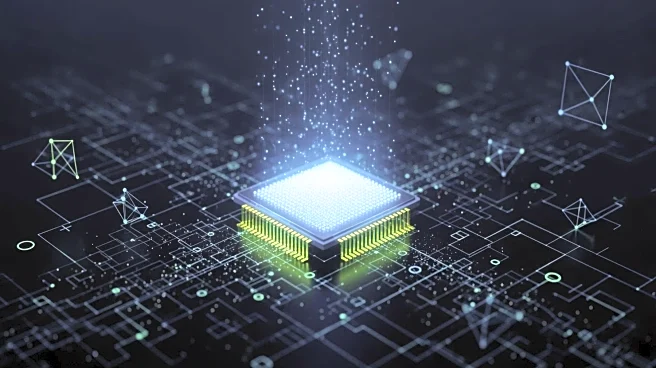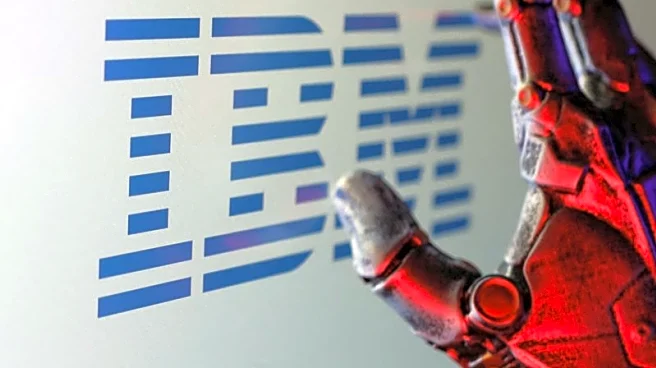What's Happening?
Researchers from Stockholm University and the Indian Institute of Science Education and Research (IISER) Mohali have proposed a method to detect the Unruh effect, a phenomenon where accelerating objects
perceive empty space as warm. The team has devised a way to amplify this faint quantum 'glow' into a measurable flash using superradiance, where atoms emit light collectively between parallel mirrors. This approach significantly reduces the acceleration needed to observe the effect, making it feasible in laboratory settings. The study, published in Physical Review Letters, suggests that this method could help bridge the gap between quantum mechanics and general relativity.
Why It's Important?
The ability to detect the Unruh effect in a laboratory setting could have profound implications for physics, potentially offering insights into the relationship between acceleration and gravity. This development may pave the way for new experiments that explore quantum effects under conditions previously thought to be unattainable. By providing a practical method to observe the Unruh effect, researchers can further investigate the fundamental principles of quantum mechanics and relativity, potentially leading to breakthroughs in understanding the universe's underlying laws.
What's Next?
Future research may focus on refining the detection method and exploring its applications in other quantum phenomena. The approach could be adapted to study gravity-driven quantum effects, offering new opportunities for experimental physics. Researchers might also investigate how this method can be integrated into existing laboratory devices to enhance the study of quantum mechanics and relativity.
Beyond the Headlines
The study highlights the potential for interdisciplinary collaboration in advancing scientific knowledge. By combining expertise in quantum mechanics and relativity, researchers can develop innovative solutions to longstanding challenges in physics. This work exemplifies the importance of bridging theoretical concepts with practical applications, fostering a deeper understanding of the universe.













